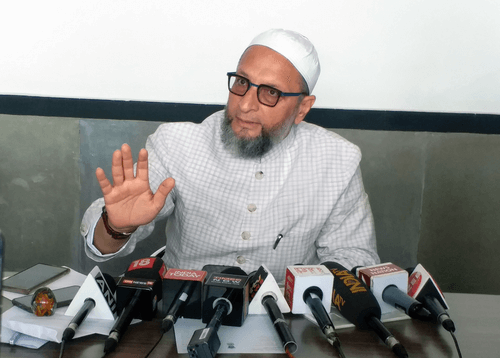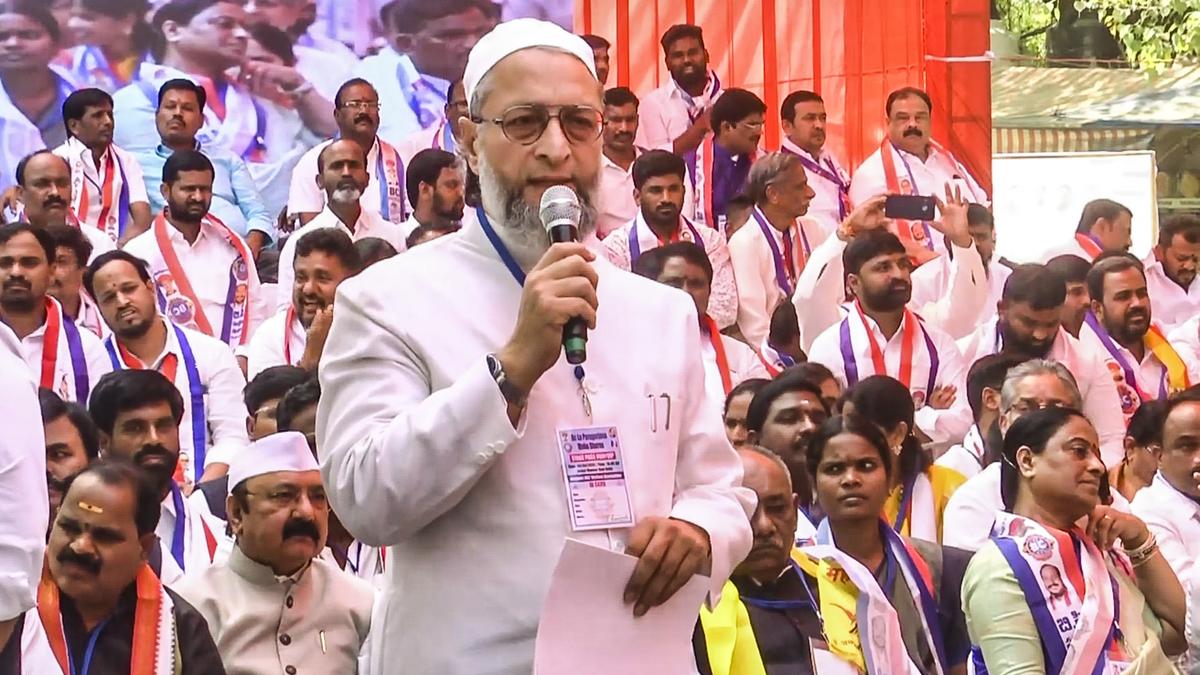LIGO strikes again, detects third binary black hole merger
Fri 02 Jun 2017, 05:31:13
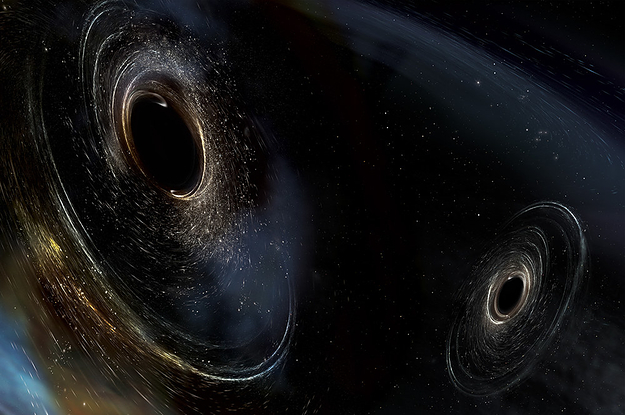
The Laser Interferometer Gravitational-Wave Observatory (LIGO) detectors in the U.S. have detected yet another merger of two black holes on January 4, 2017. Named GW170104, this signal marks the third confirmed detection of gravitational waves coming from a binary black hole merger. It is of great interest to the scientific community that the black holes, having masses nearly 31 times and 19 times the sun’s. Until the first detection of gravitational waves by LIGO in 2015 (GW150914) it was not known that such massive black holes could exist.
The gravitational wave detection was “the first time, a chance event; second time, a coincidence, and third, a pattern,” says Bangalore Sathyaprakash, a senior scientist with the LIGO collaboration in the U.S. and an editor of the paper describing these results which
was published in Physical Review Letters.
was published in Physical Review Letters.
India’s ASTROSAT mission did a related sensitive search for short duration x-ray flashes associated with the event and did not detect any. These results will be published soon by the scientists from ASTROSAT.
Meanwhile, at LIGO, this time around, the detection has revealed not merely a black hole merger, but also the alignment of the spins of the black holes. This can shed light on the way the black holes might have formed. In this event, the spins of the individual black holes making up the merger are probably not aligned along the same direction. This supports the theory which says that black holes form independently in a star cluster, then sink to the centre of the cluster and eventually merge.
No Comments For This Post, Be first to write a Comment.
Most viewed from Specials
Most viewed from World
AIMIM News
Latest Urdu News
Most Viewed
May 26, 2020
Do you think Canada-India relations will improve under New PM Mark Carney?
Latest Videos View All
Like Us
Home
About Us
Advertise With Us
All Polls
Epaper Archives
Privacy Policy
Contact Us
Download Etemaad App
© 2025 Etemaad Daily News, All Rights Reserved.



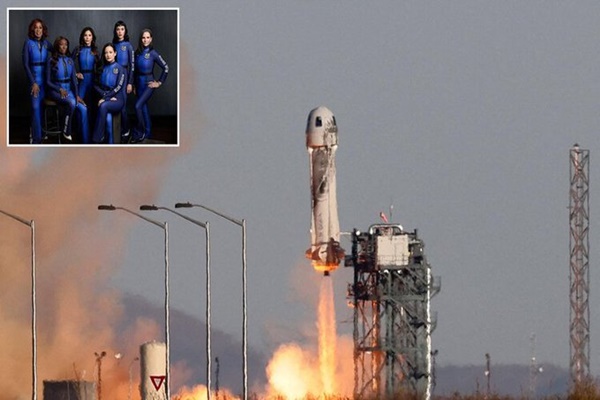
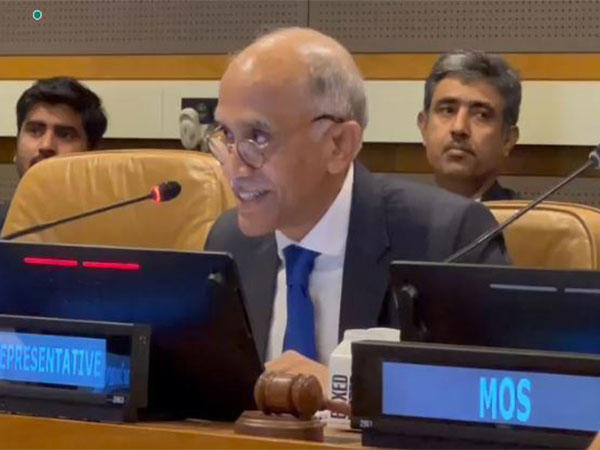

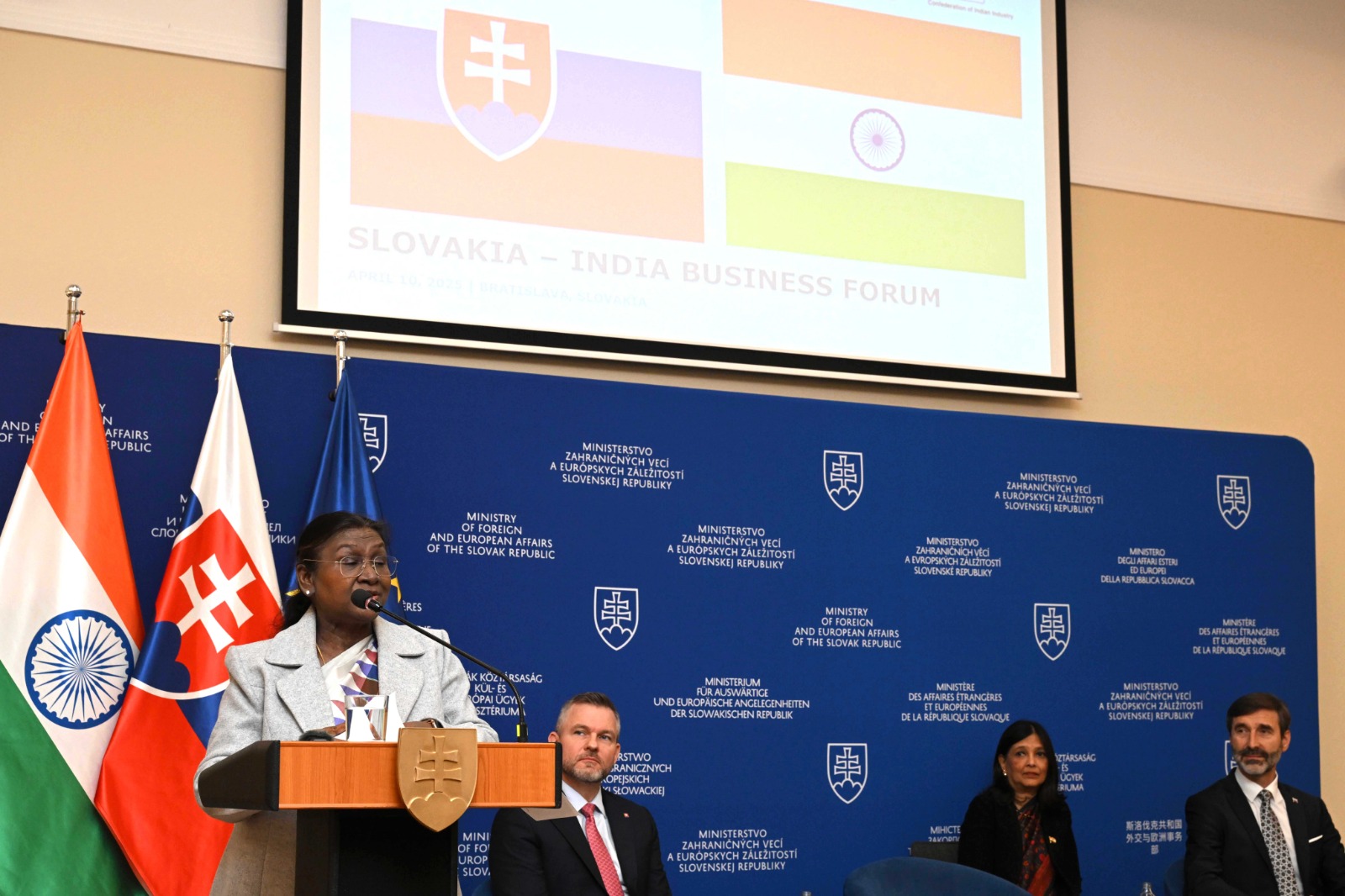


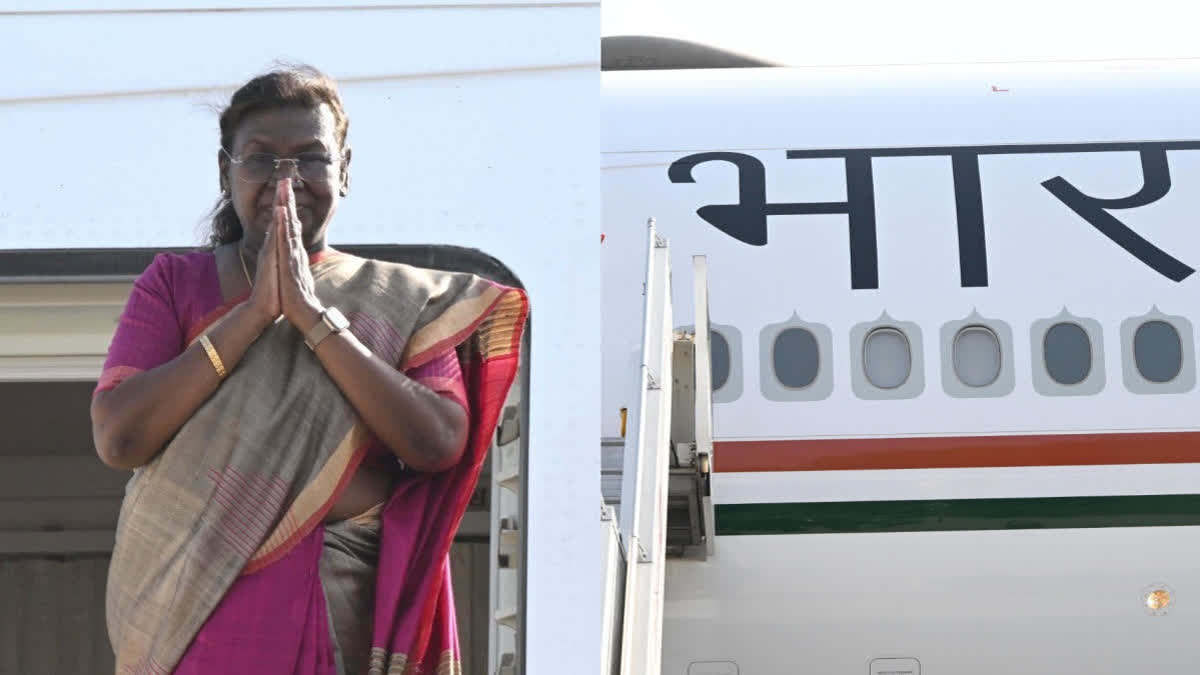
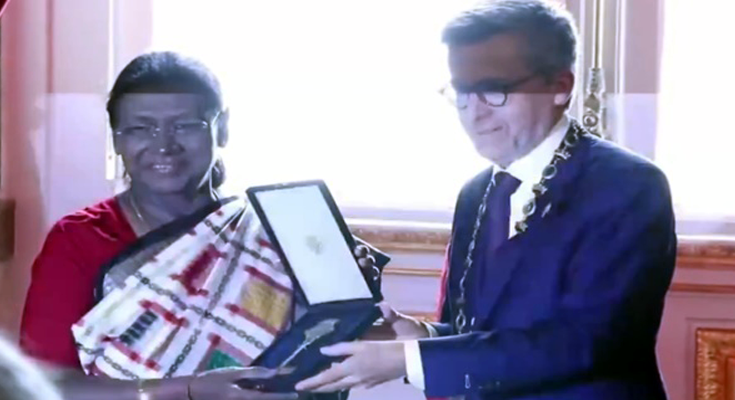
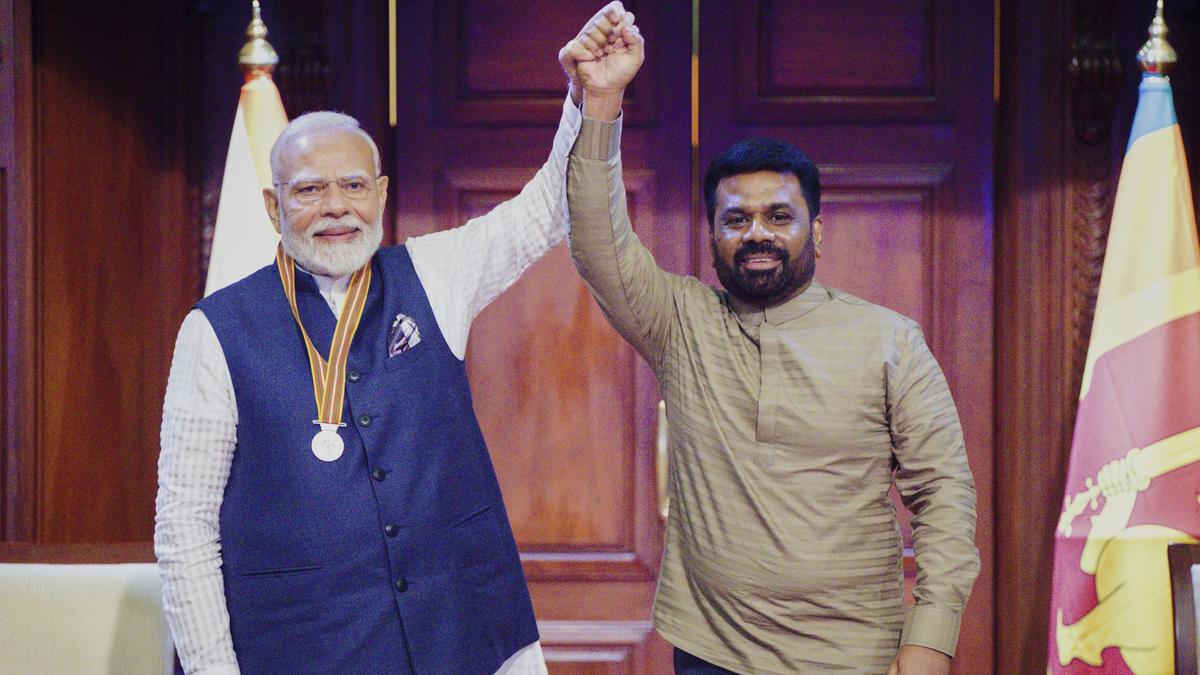
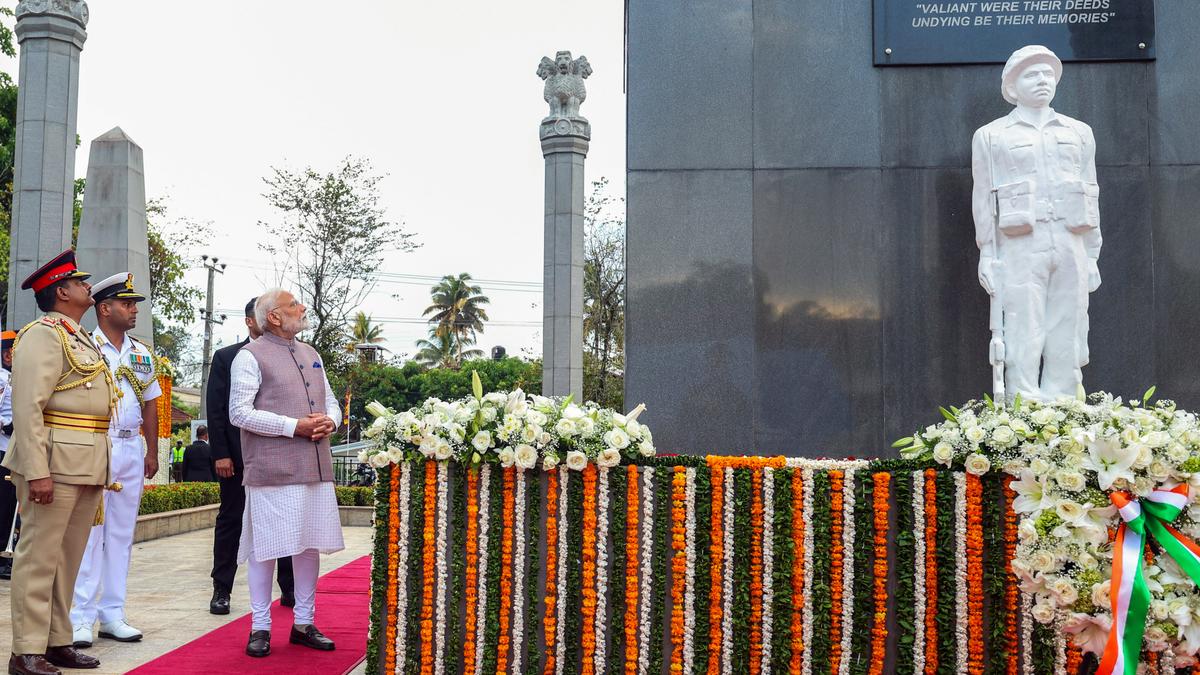


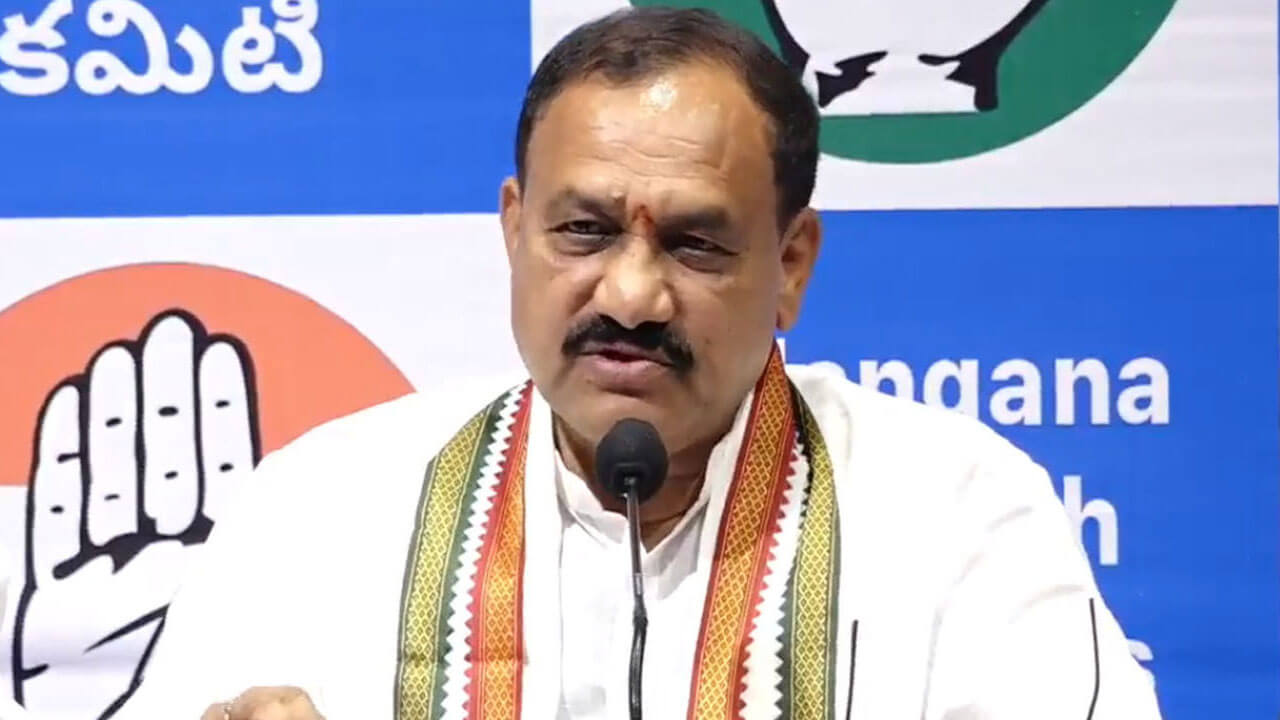
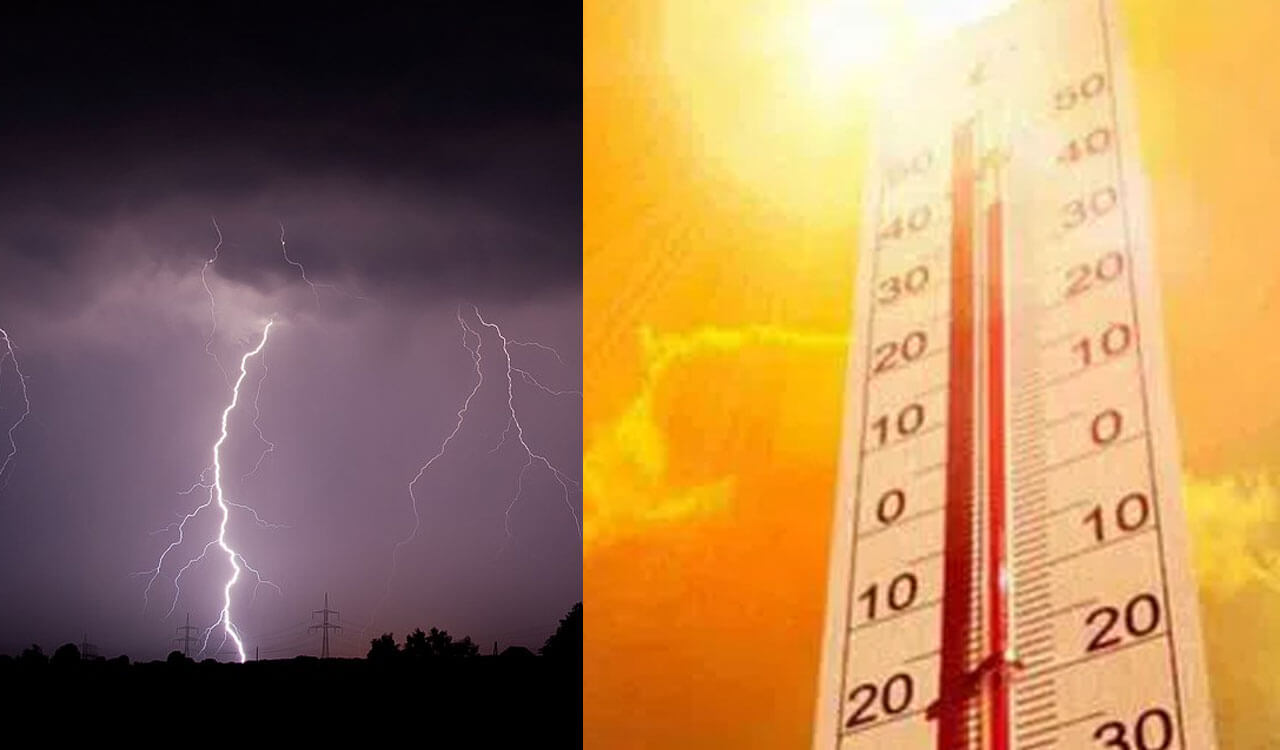




.jpg)
.jpg)
.jpg)
.jpg)




